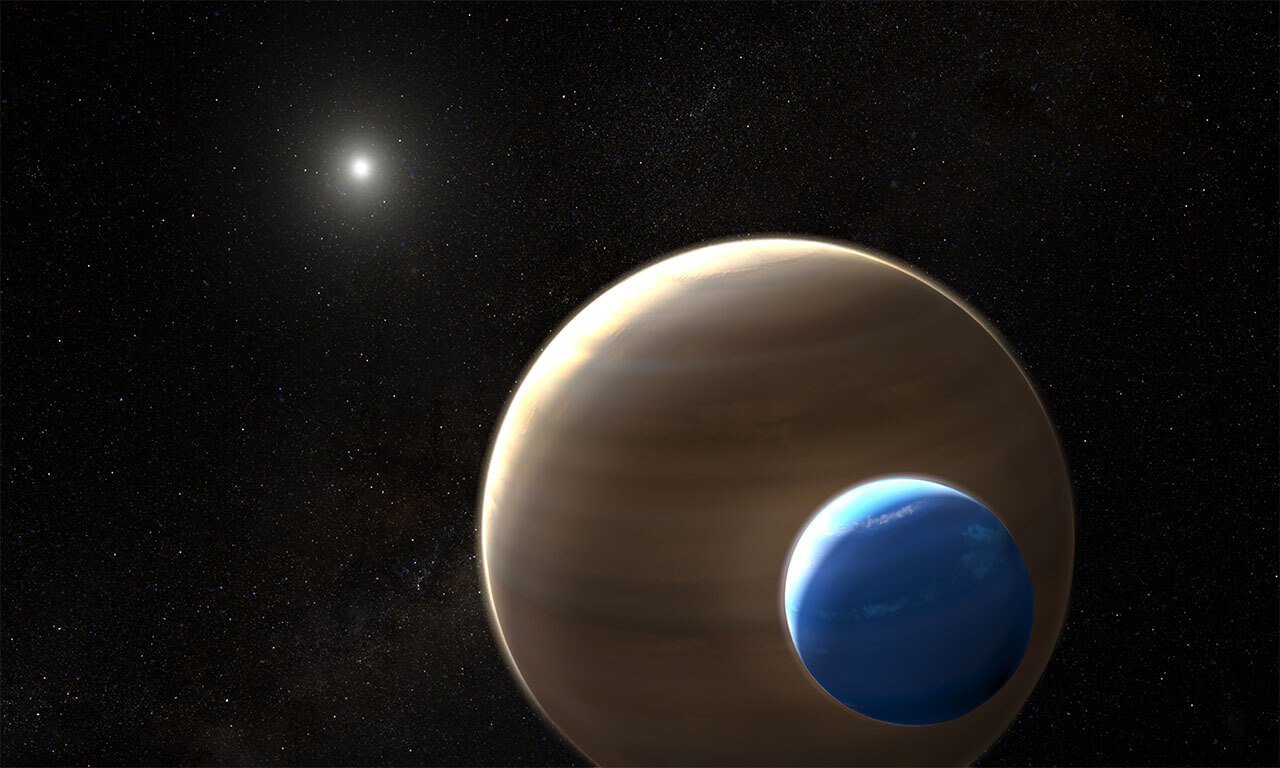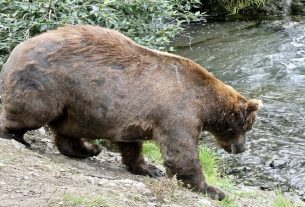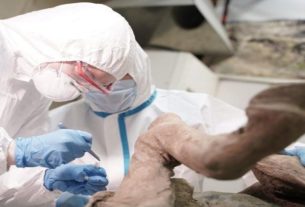Our universe is full of countless mysteries. The scientists are engaged continuously in experimenting and studying the secrets of its secrets. In this episode, they have taken another big success. In fact, a new planet has been discovered under the NASA campaign launched by the American space agency for the discovery of planets outside the solar system.
This new planet is about 53 light years away from the Earth, with a bright dwarf (dwarf) starring like the sun in the Reticulum constellation. Even after being closer to the star, the surface temperature of this HD 21749 B planet is 300 degrees Fahrenheit, which is a matter of surprise and discovery for scientists.
Diana Dragomir of the Massachusetts Institute of Technology says that HD 21749 B is the coldest planet ever to orbit such a hot star. Three times bigger than Earth and 23x heavy planet is placed in a sub-Neptune class. Mostly part of it is gaseous, and its atmosphere is denser than Neptune and Uranus. Scientists say that due to water its atmosphere is thick and there may be a possibility of life on it.
The third success of TES is the planet
This is the third planet, discovered by NASA’s Transition Exoplanet Survey Satellite (TESS). NASA launched it in April last year. In August it sent the first picture. Scientists estimate that during the two-year campaign it will discover about 20,000 outer planets. Before its launch, only 3,800 exoplanets were detected.
Another planet can be searched
Scientists have indicated the sign of another potential planet orbiting the HD 21749 star. Its size is being said to be equal to or less than Earth. It only completes the orbiter of the stars in 7.8 days. When this planet is confirmed, it will become the smallest planet discovered by TES.
New Planet completes the orbiting stars in 36 days
Scientists have made detailed studies of this particular planet on the basis of data. On this basis, they have explored many of its features. According to scientists, HD 21749B takes 36 days to complete the orbiting of your star. The planet Pie Mensi B and LHS 3844 B, previously discovered by TES, takes 6.3 days and 11 days respectively in the orbit of their stars.




